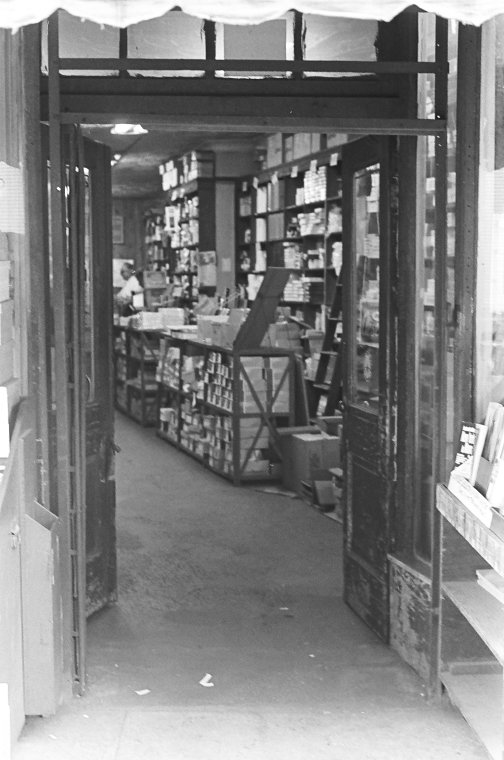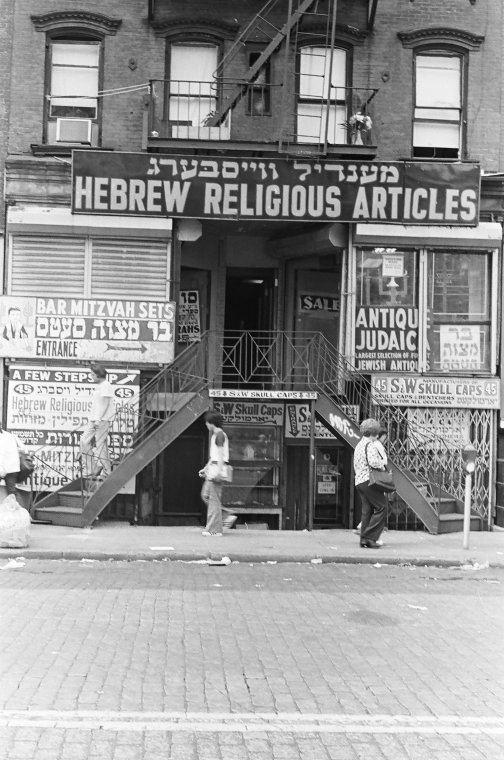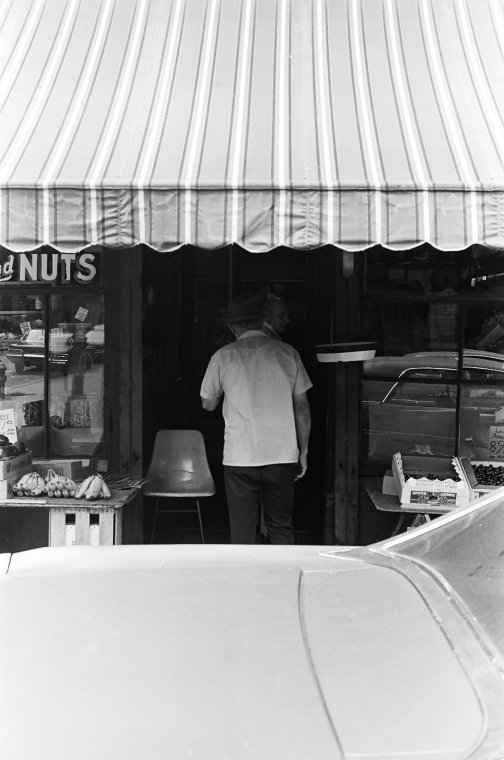Blog Archive
A Door to the Past: the Photographs of Roy Colmer
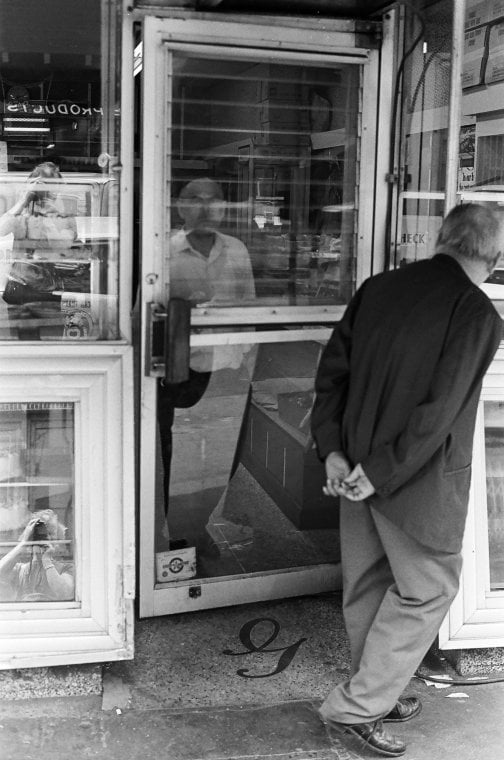
A shot of Hester Street between Essex and Ludlow Streets in a series capturing the odd numbers doors. Photo courtesy of the New York Public Library.
If government research can be respected as art, can respected art become social research? Recently, we took a look at the life and work of Lewis Hine, a photographer who used his gift to document child labor in the early 20th century for the United States government. This week we talk about Ray Colmer, an artist whose work was not intended to be a historical document but can become one for urban observers today. Colmer was an artist who worked in painting, graphic design and film. His major project, however was a photography project, Doors NYC. Doors NYC captured over 3,000 doorways in Manhattan. Though the images are straight forward -each photo depicts a door on a city street- his project is semi-abstract. Colmer’s work teaches the viewer to look for sameness as well as variation. His efforts were as an artist first, but because his work meticulously captures Manhattan streetscapes, his pictures end up serving as a record of the city in the 1970s.
Sometimes it takes a newcomer to see art in the everyday. New York was not Colmer’s first or second home; Born in London in 1935, Colmer studied art at the Hochschule für Bildende Künste in Hamburg, Germany. In 1966, he moved to New York where he worked as a painter and a filmmaker. It was not until the early 70’s that Colmer picked up a camera to begin his doors project.
Colmer photographed doors in Manhattan from November of 1975 through September of 1976. He would choose streets that he frequented as part of his daily routine, and shoot all the doors in sequence and without exclusion.) He would shoot every door on a street he usually visited but there are whole neighborhoods in which he did not visit during that year and so never photographed. Lucky for us, East Houston and the Lower East Side were regular haunts.
Colmer held many jobs, some of them as a graphic artist. It is easy to see how a man who spent so much time with his eyes on the street was able to translate his understanding of style into popular book jacket designs and graphic work. It is clear from Colmer’s commercial work and his photography that he was a great observer of the zeitgeist, especially the cultural currents of the mid-1970s.
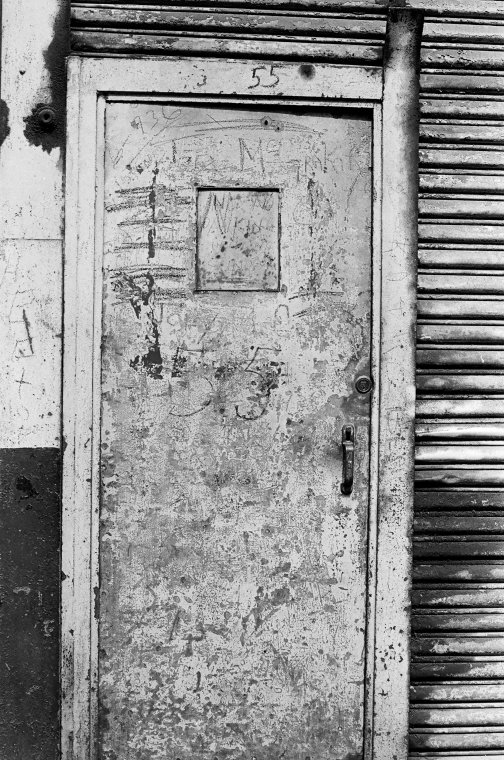
A door on Ludlow Street between Hester and Grand Streets. Probably an industrial entranced. Photo courtesy of the NYPL.
Colmer’s DoorsNYC is a portal into a moment in New York City history that is sometimes ignored. In the 1970s, the city was bankrupt, and many upwardly mobile residents were leaving for the suburbs. Some of Colmer’s doors betray the city’s financial straits,but many are just home. The streets of the Lower East Side continued to house generations of families who stayed not just because of financial restrictions, but for business, community and tradition. By the 1970s, the neighborhood also housed Puerto Rican immigrants, increasing numbers of Chinese immigrants and remained home to descendants of the Eastern European Jews of the early 20th century.
The New York Public Library holds all of Colmer’s door photographs, and David Lowe, a specialist in the Photography division, has recently added a new dimension to Colmer’s vernacular, dynamic portraits. Today, viewers can make use of an interactive function on the NYPL’s website that shows Colmer’s path through the city. A word of warning though: DoorsNYC gives such a clear impression of being on the street that a journey to the Lower East Side today could induce serious feelings of time travel. Step into the past!
–Posted by Julia Berick, Marketing and Communications Coordinator
